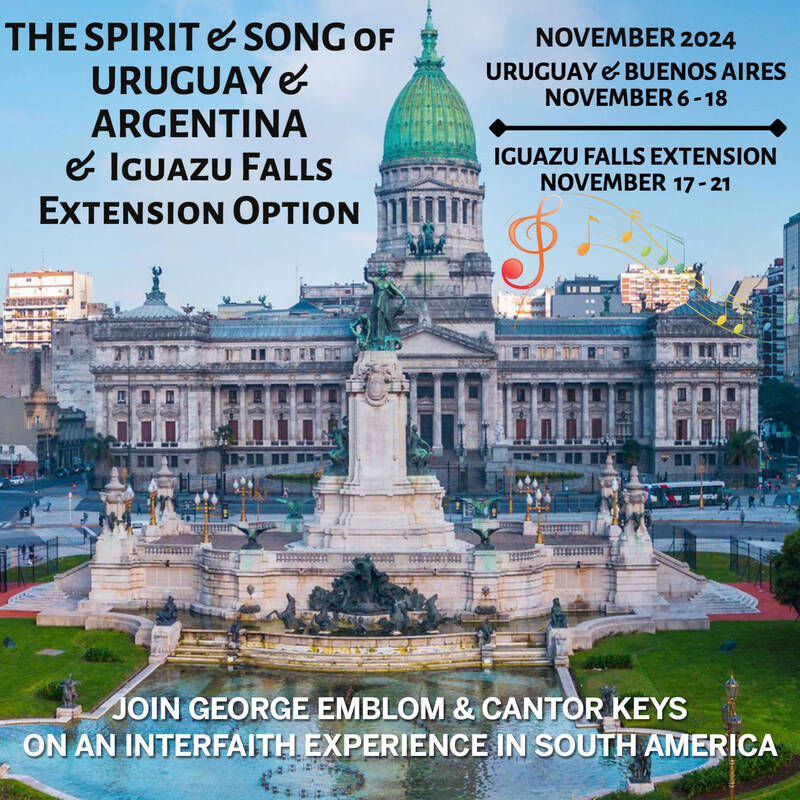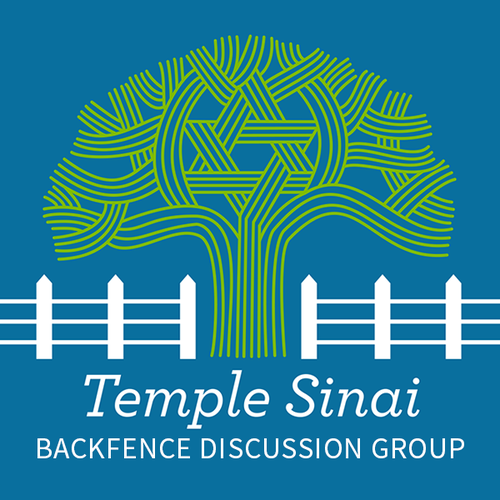- Home
- About Us
- LEARN
- Pray
- Engage
- Give
- Calendar
Dwell: A Sukkot Experiment
Dwell: A Sukkot Experiment
Sponsored by the Fine Arts Committee on Culture and Community and the Ritual Committee
Sukkot is arguably the best Jewish holiday you aren't fully celebrating. This annual harvest festival, also known as the Festival of Huts, is all about gathering together to eat and appreciate the bounty of nature inside a fragile structure known as a sukkah. It's an ideal holiday for the warm days and mild nights of early autumn. And it's perfect for the age of COVID because it is observed outdoors.
In contrast to the other High Holy Days of Rosh Hashanah and Yom Kippur, Sukkot is traditionally observed primarily at home. Yet many Reform Jews have only experienced Sukkot in the sukkah erected at their synagogue. This year we are encouraging our community to try something different: celebrating Sukkot with other Sinai members at your own or a Sinai neighbor’s home, in a local park, and in the sukkah at Temple Sinai.
We are calling this effort, DWELL: a Sukkot Experiment. Our goal is to encourage and support the full and exuberant celebration of this joyful holiday throughout the Sinai community.
Sukkot is Coming!
During this holiday we are commanded to dwell in the sukkah and have nothing but joy—for a whole week!
In addition to the temple's erev Sukkot service on October 9, Temple Sinai congregants are hosting Sukkot gatherings at their homes every day of this weeklong festival. There is also a Sukkot snacks and dessert event in the temple’s sukkah. You are invited to RSVP now to attend any of these celebrations.
Please direct questions to engage@oaklandsinai.org
More about DWELL:
Guide to Sukkot: All DWELL participants (hosts as well as their guests) will receive a booklet including an overview of the holiday, a description of Sukkot rituals and practices, recipes, a list of ideas for Sukkot activities, and resources for those who want to build a sukkah, including both kosher and creative options.
Lulavs and etrogs: These ritual objects are used during Sukkot blessings. DWELL will provide hosts with a lulav and etrog, either their own set or one that is shared with another host. (This depends on how many hosts we recruit.)
Invite congregants: Congregants will RSVP to attend the hosted event of their choice, selecting from a list on the temple website, starting in early September.
Recipes: It is traditional to eat stuffed foods during Sukkot, symbolizing the abundance of the harvest. You can buy prepared or take-out foods to keep it easy (e.g. stuffed pizza, burritos, steamed buns, or tortellini). Or, if you are inclined to cook from scratch, you will find a bunch of tried-and-true Sukkot recipes here.
We hope you will join us in celebrating Sukkot with your Temple Sinai community this year.
Sukkot Q and A
Q: If you ask Jews today what is the most important High Holy Day, they would probably answer Yom Kippur. And how would a Jew in 200 BCE respond to the same question?
A: Sukkot! Rosh Hashanah primarily served to remind everyone Sukkot would begin in just two weeks.
Q: What is the real reason Hanukkah is celebrated for eight days?
A: Sukkot! The Jews could not celebrate the eight day festival of Sukkot while the Greeks were using the Temple to slaughter pigs. (Yes, eight. If you count Shemini Atzeret. Come on! Work with us. Please). The first Hanukkah was really a postponed observance of Sukkot–the holiday that was just too important to skip.
Q: What Jewish festival is also known as “the season of our joy” or z'man simchateinu?
A: Sukkot! The Torah literally commands us to throw a party.“ ...Seven days you should hold a festival for God...and you will have nothing but joy.” (Deut. 16:15)
Q: What American holiday was originally modeled after Sukkot?
A: Thanksgiving! Many historians believe Sukkot inspired the Pilgrims’ first celebration of this quintessentially American holiday.
Update this content.
Sat, July 27 2024
21 Tammuz 5784












